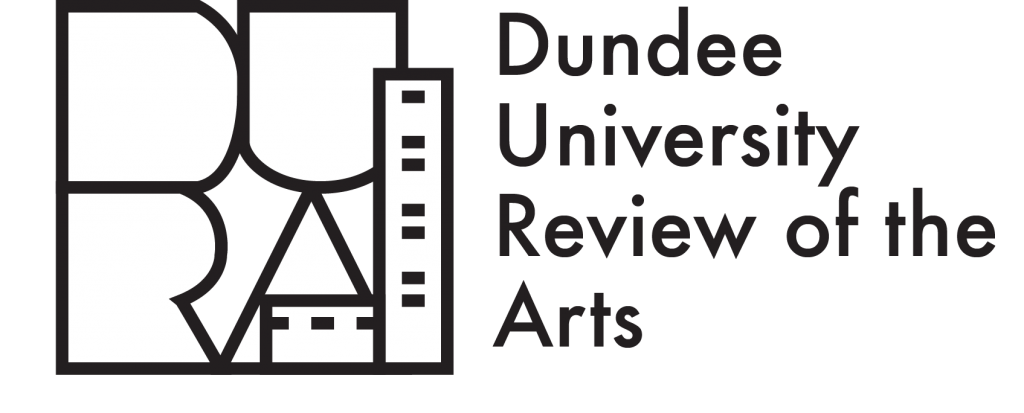The Map of the World (Shortlisted, TS Eliot Prize 2023)
Eiléan Ní Chuilleanáin
(The Gallery Press, 2023); pbk: €11.95
‘Poetry begins where language starts: in the shadows and accidents of one person’s life.’
(Eavan Boland, A Journey With Two Maps: Becoming A Woman Poet)
This is true of the poetry of Eiléan Ní Chuilleanáin, poet, academic, translator and former Poetry Professor of Ireland now elected to the position of Saoi of Aosdána; here in this her thirteenth collection of poetry she magically creates her own lyrical version of ‘becoming’ and ‘being’ in The Map of the World. Ní Chuilleanáin’s Map is not conventionally drawn; instead it possesses a quixotic blend of past and present realities, the ‘concrete and the mysterious’.
The map had told us already what would happen to the
peoples of the west –
long promontories hurrying them out into the salty
ocean fields[.]
Bridges, like maps, abound. One implied, the other a recurring motif throughout the collection. In this titular poem, themes of migration, displacement and loss are enacted almost prophetically:
they don’t come back from America[.]
Attenuated lines are descriptive of those ‘long promontories’ with the ‘train making the/slow journey/from Fishguard as far’, sounding a bit like ‘the accordion’s long note/[…] dividing up the time’. Here, sounds, images, prophecies are as much part of the map as place names.
On her page the same tremble threw a swimming shadow that covered the chancel floor. Only the blind organist’s daughter will ever see how it shivers, floated safe in empty air.
This imagery forming as a simple truth in ‘A Shadow In Her Notebook’, commemorates the work of stained-glass artist, Helen Moloney. They lead the reader through wry reflections on designing a window for the ‘Poor Clares’ to the promotion of bigger, broader meditations on art and world histories in ‘The Universe in 1300’ and ‘Where Truth Lives’:
Settled in their orbits
the distances determined,
dependent on each other[.]
Some critics have likened her poetry skills to those of an old Master and we can observe this artistic bent in ‘Two Paintings by Nano Reid’; she fixes the reader’s attention on a ‘horse […] on the edge of brightness’, then just as quickly moving reader’s expectations elsewhere; out of the frame, beyond the ‘barricade’ into other realms:
The body retreats into
the scruffy quotidian,
still the pulse beating
in its dark refuge now[.]
In a single transformation of past reverie, recalling the lives of Irish Nationalists, Muriel and Thomas MacDonagh in ‘Muriel Gifford After Her Fever’ ‘The long strand of memory twisted and blended/entwines’, becomes the narrator’s hand holding the brush:
feels light, something swept away, as they were swept by the firing squad and the stifling, coiling wave.
We are at once ushered over a metaphorical bridge to where their tragic fates reunite discreetly in a sibilant sound-scape where fragments of the past and present are held together in exquisite counterpoint. Her poems (‘St Brigid’s Well’ and ‘Milton Hears Mozart on the Mountain’) accommodate so much of who and what we are – mixing our emotions… what we leave behind…what is carried forward:
the separated bodies, the space debris[.] (‘Where Truth Lives’)
‘The Conversation’ is dedicated to the memory of poet, Philip Casey. The epigraph ‘…and when I die/ will I be transformed into a thought/ travelling at the speed of light’, considers his legacy: the words (‘A field full of words,/a field that Cadmus planted[.]’), the propagation of ideas, the ‘big conversation’ that ‘echoes in the corridor/where they queued on plastic chairs’, certifying ‘the condition has not changed’. We can almost hear the accordion from ‘The Map Of The World’ pause-play ’As the traffic slows on the quays’. All of Ní Chuilleanáin’s poems possess this unnerving quality to move with suggestive stealth and foreboding:
The shiver travelling up the cat’s backbone […] a shiver in water moving under thin ice[.]
Eiléan Ní Chuilleanáin’s voice is unique in all her lyrical renderings of the human condition and in their formations of the poet as artist. In the shimmering words of Bob (Dylan), her poetry really does contain ‘multitudes’ and for this reason worth reading!
William Hume


Leave a Reply